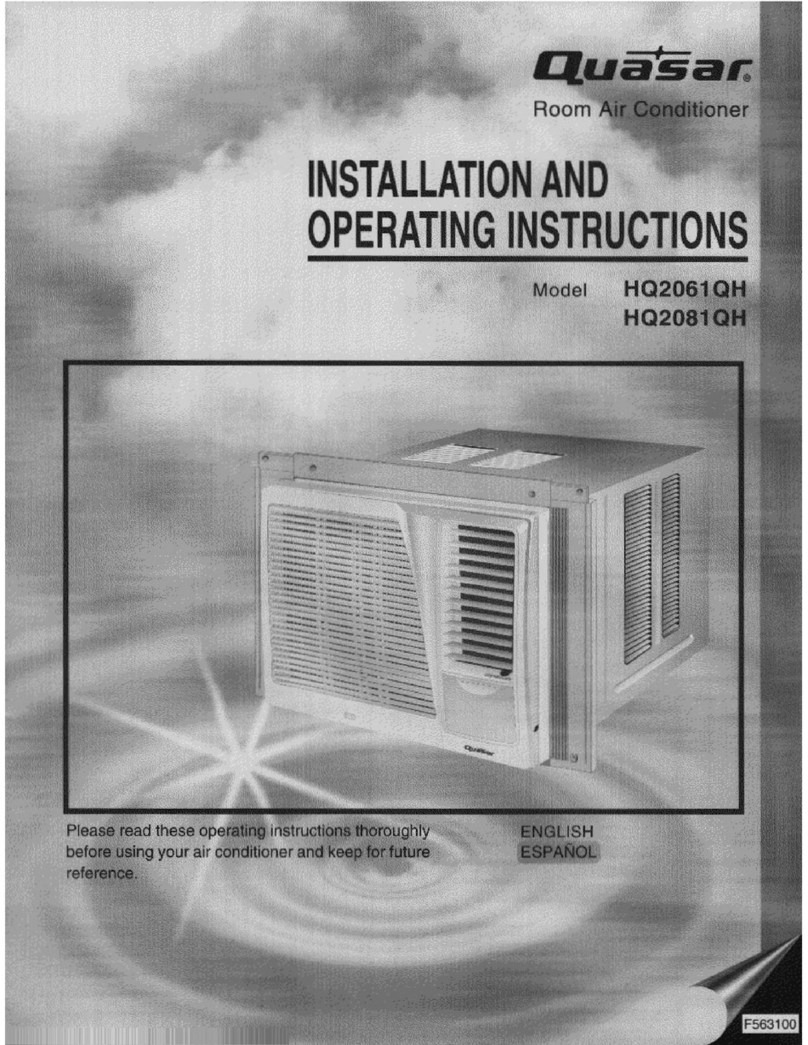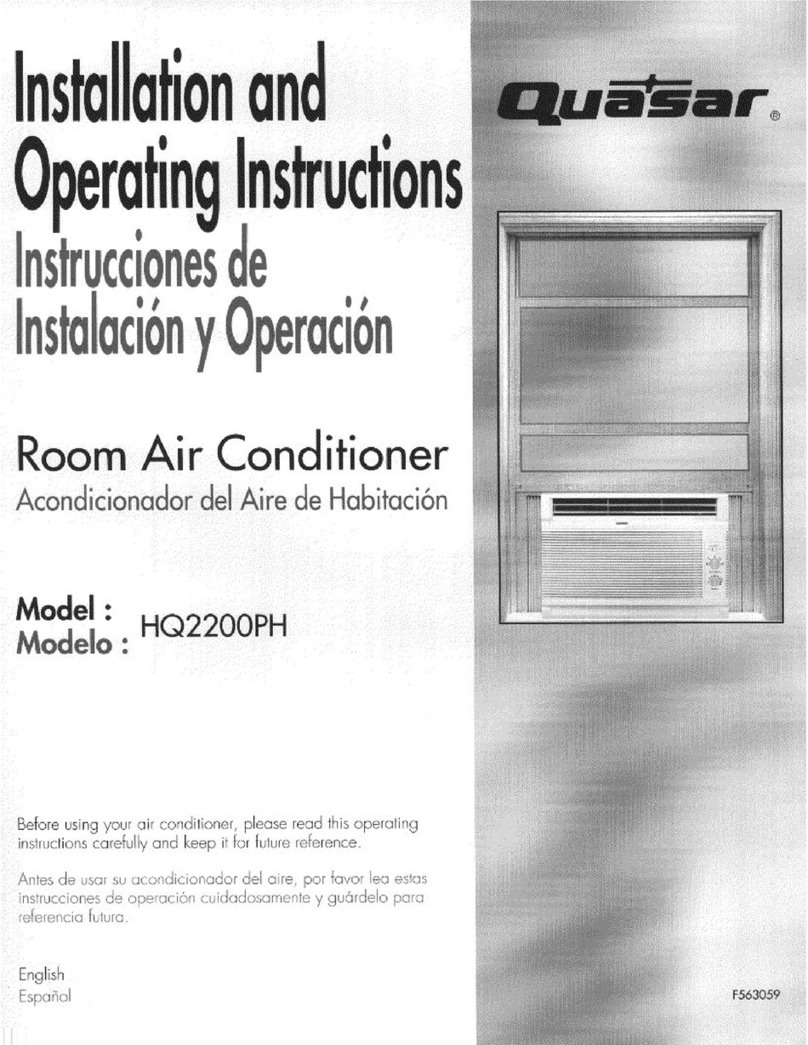Quasar HQ-2052UH User manual
Other Quasar Air Conditioner manuals

Quasar
Quasar HQ2061QH User manual
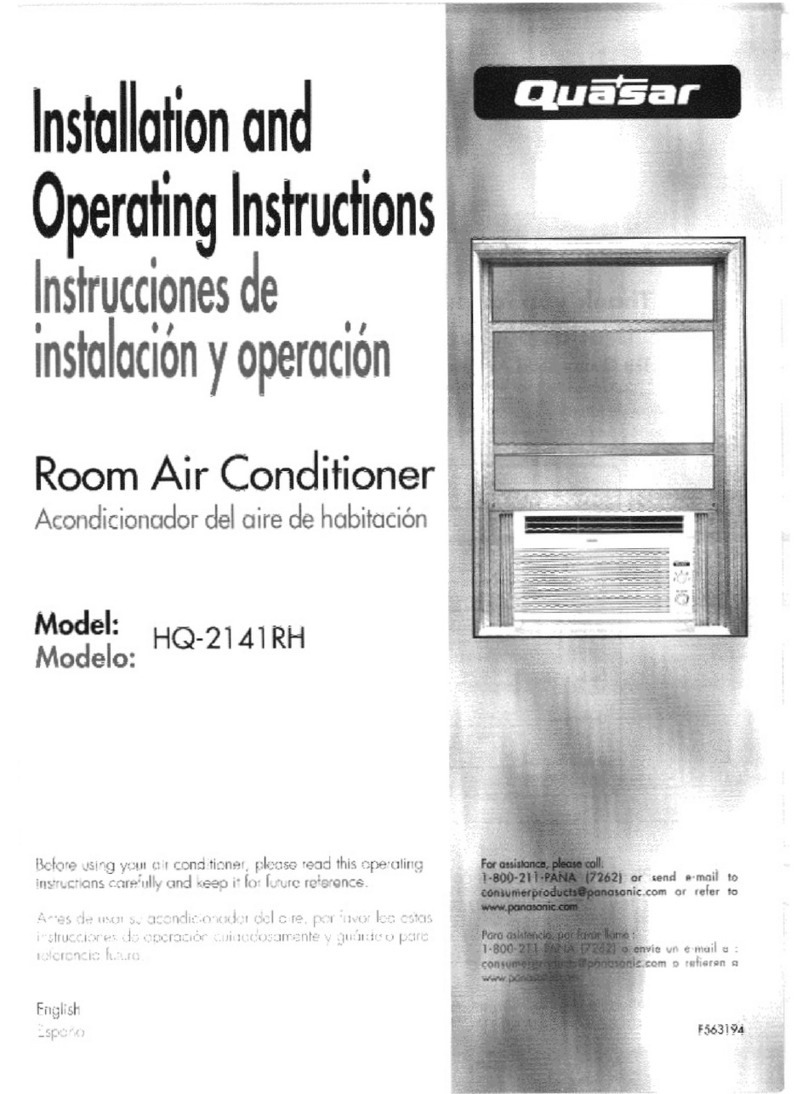
Quasar
Quasar HQ-2141RH User manual
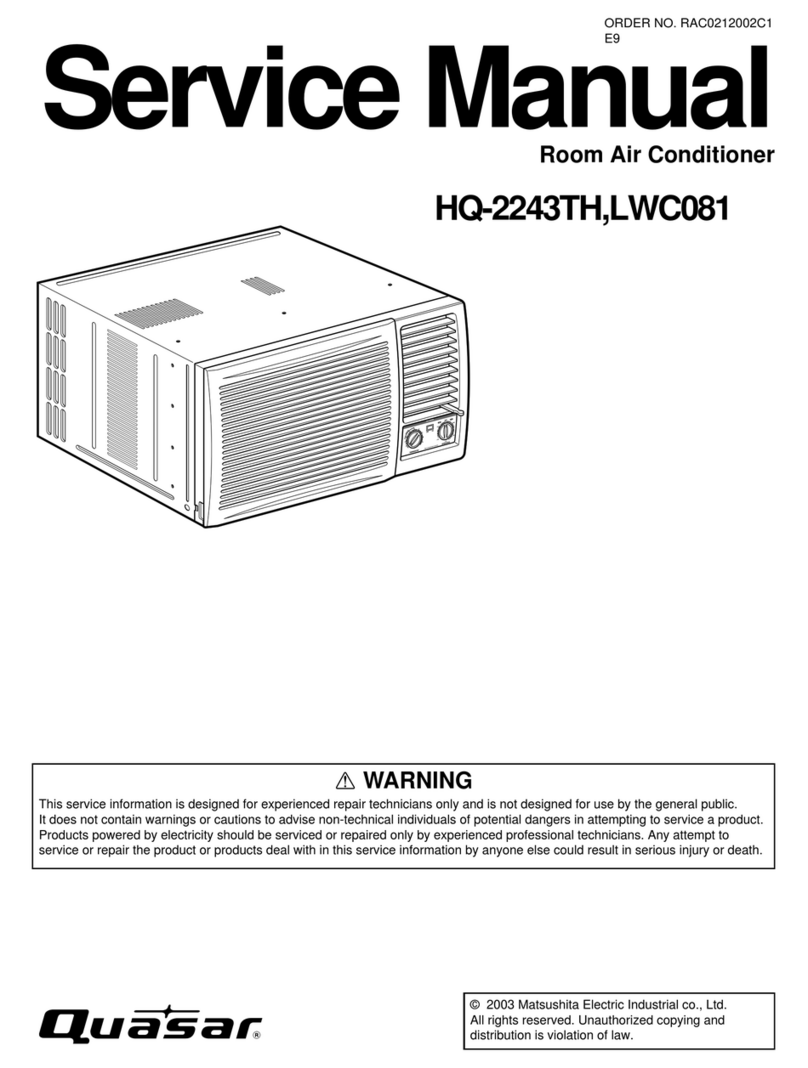
Quasar
Quasar HQ-2243TH,LWC081 User manual
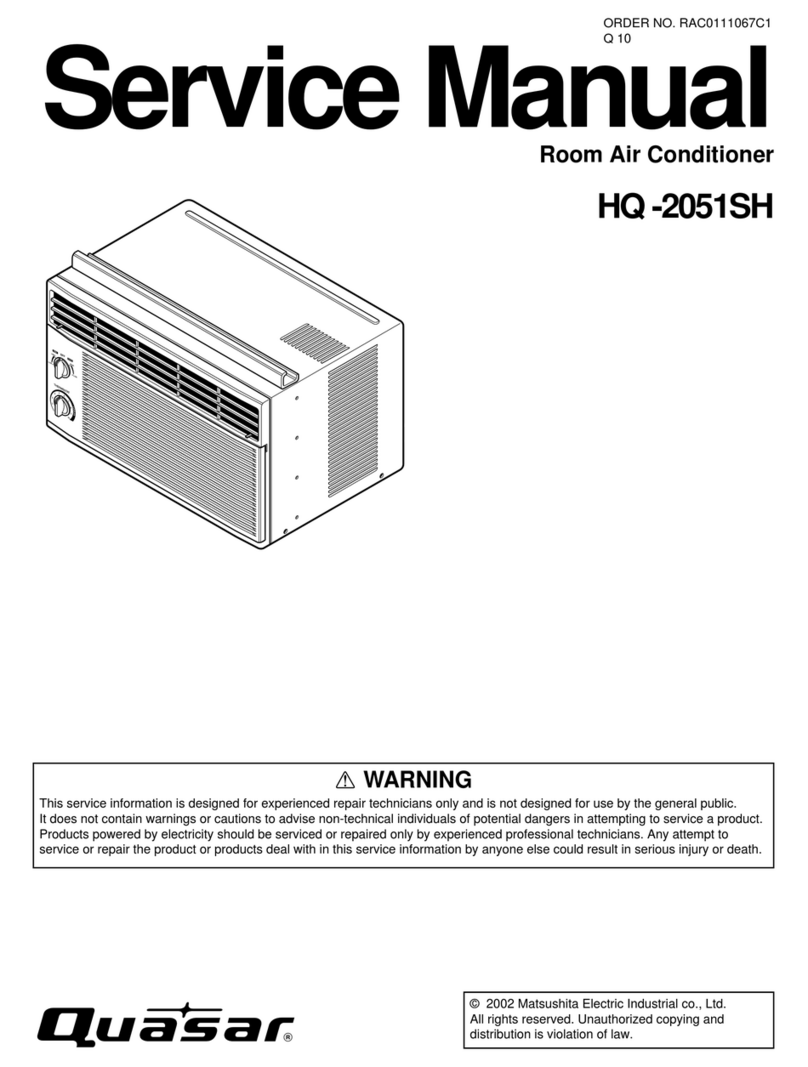
Quasar
Quasar HQ-2051SH User manual

Quasar
Quasar HQ-2101RH User manual
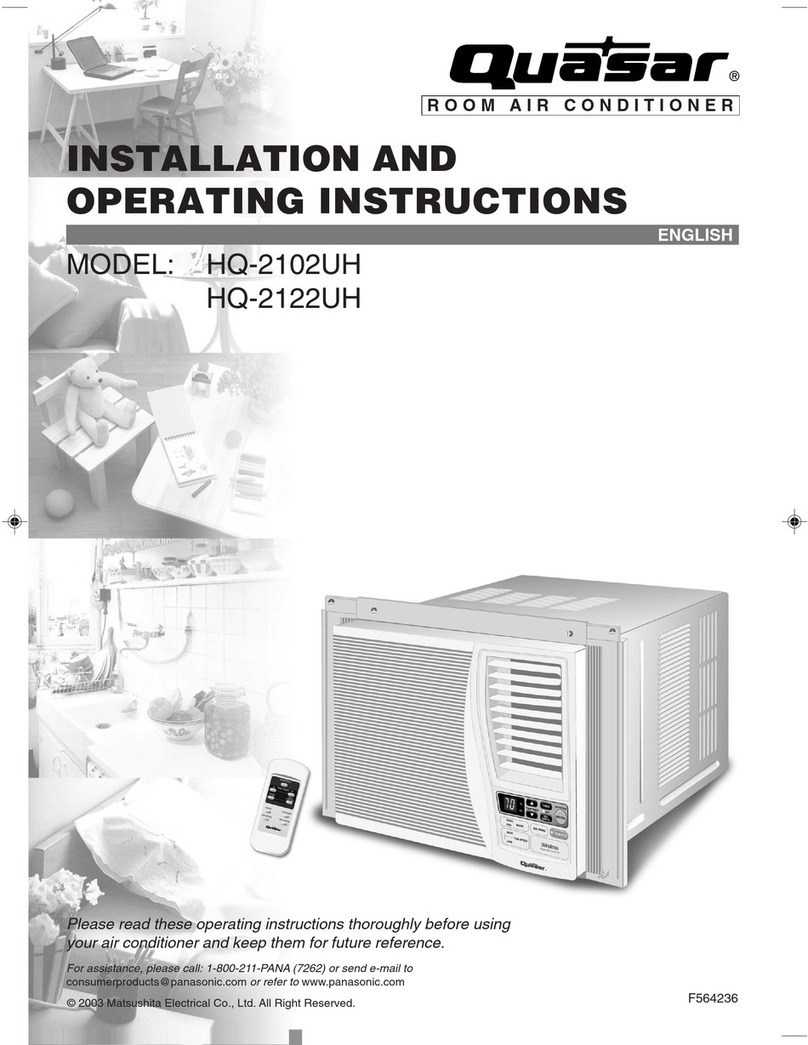
Quasar
Quasar HQ-2102UH User manual

Quasar
Quasar HQ-2101SH User manual
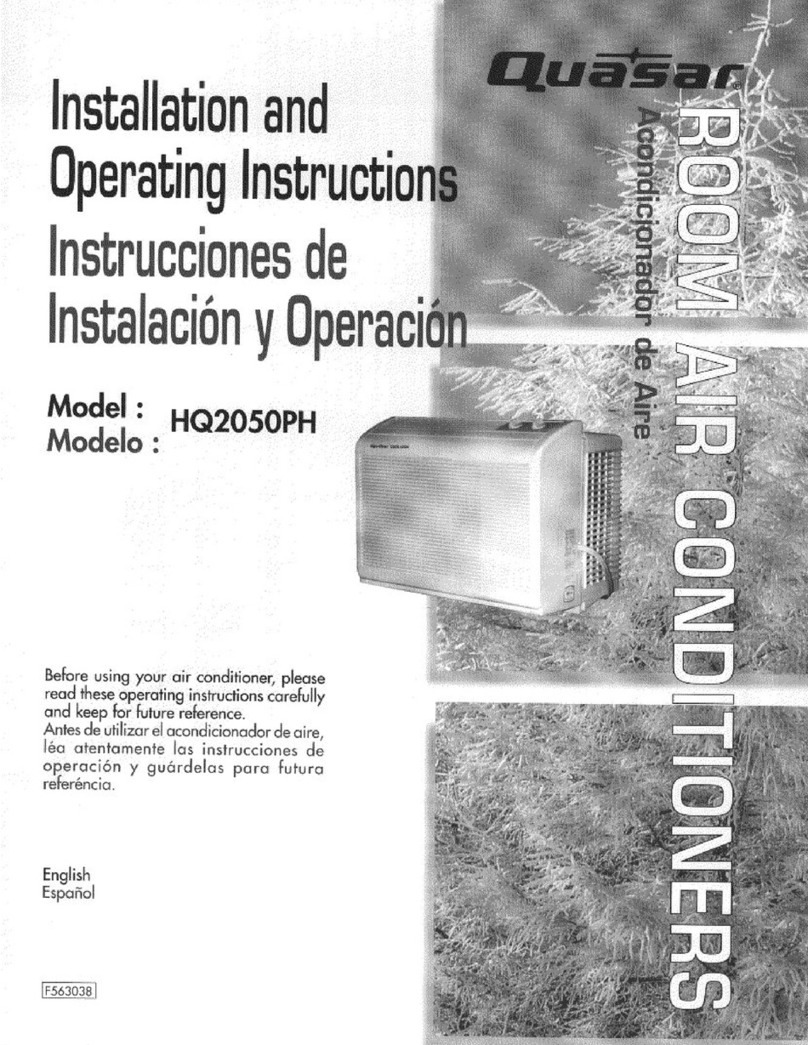
Quasar
Quasar HQ2050PH User manual
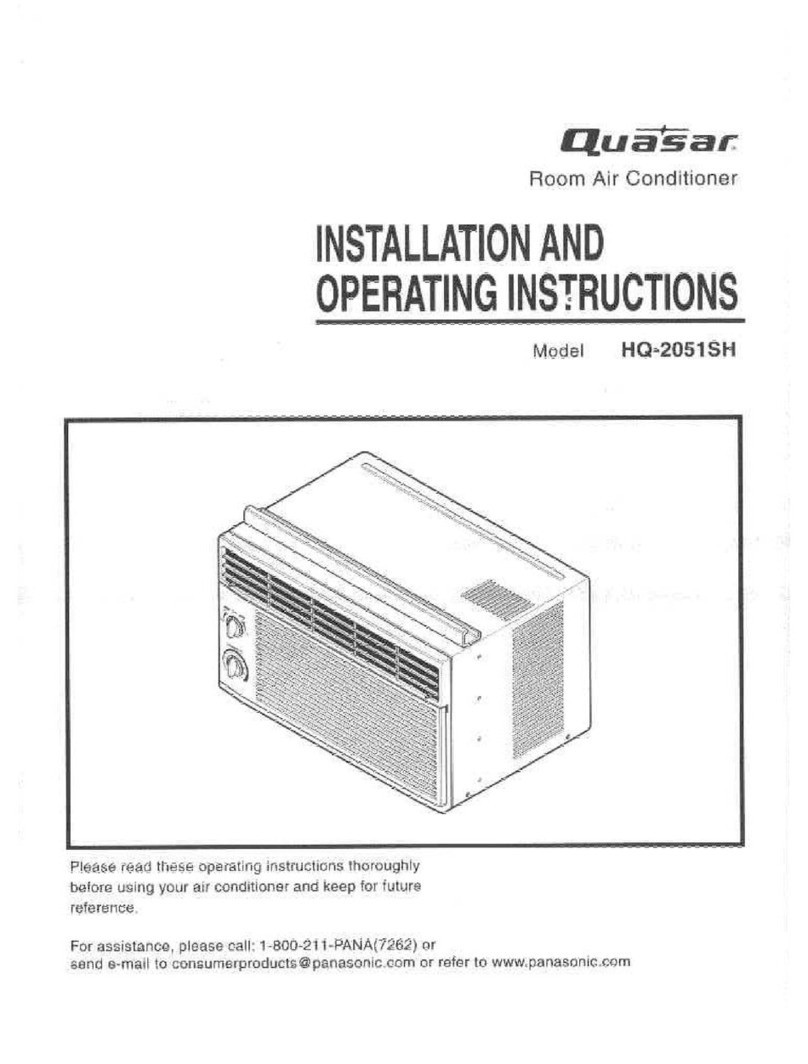
Quasar
Quasar HQ-2051SH User manual

Quasar
Quasar HQ2061QH User manual
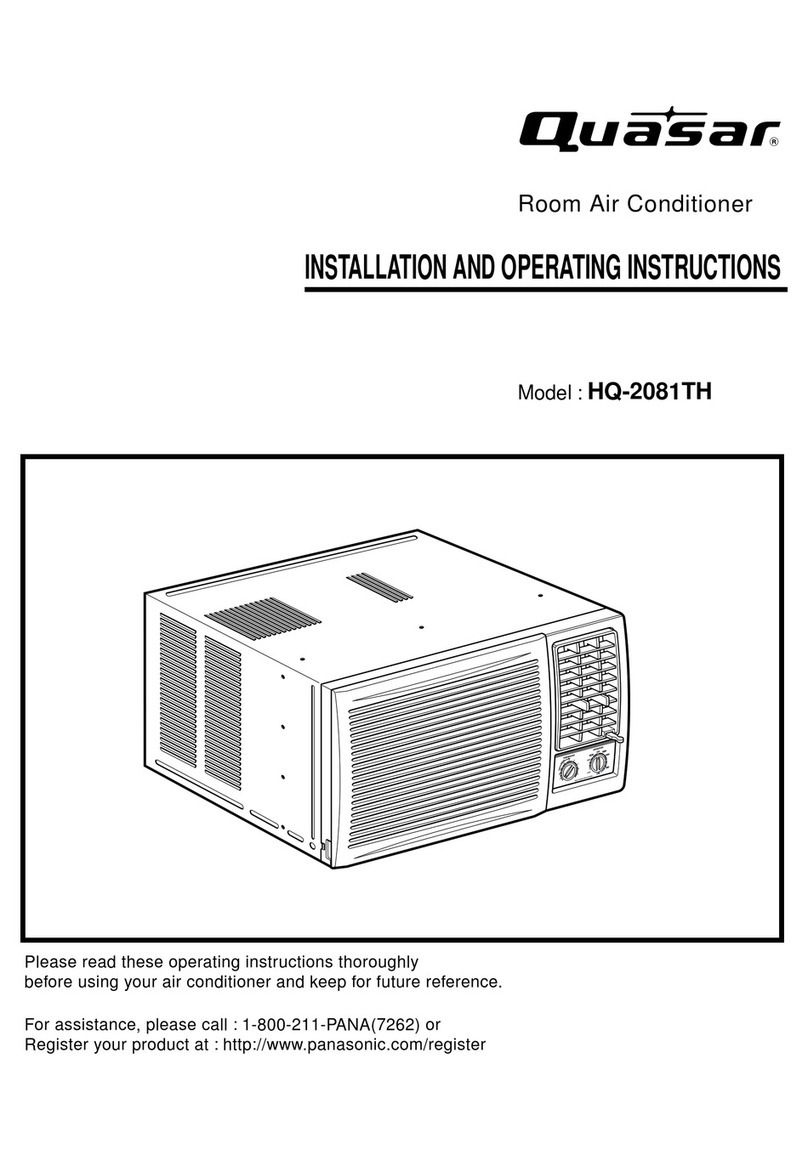
Quasar
Quasar HQ-2081TH User manual
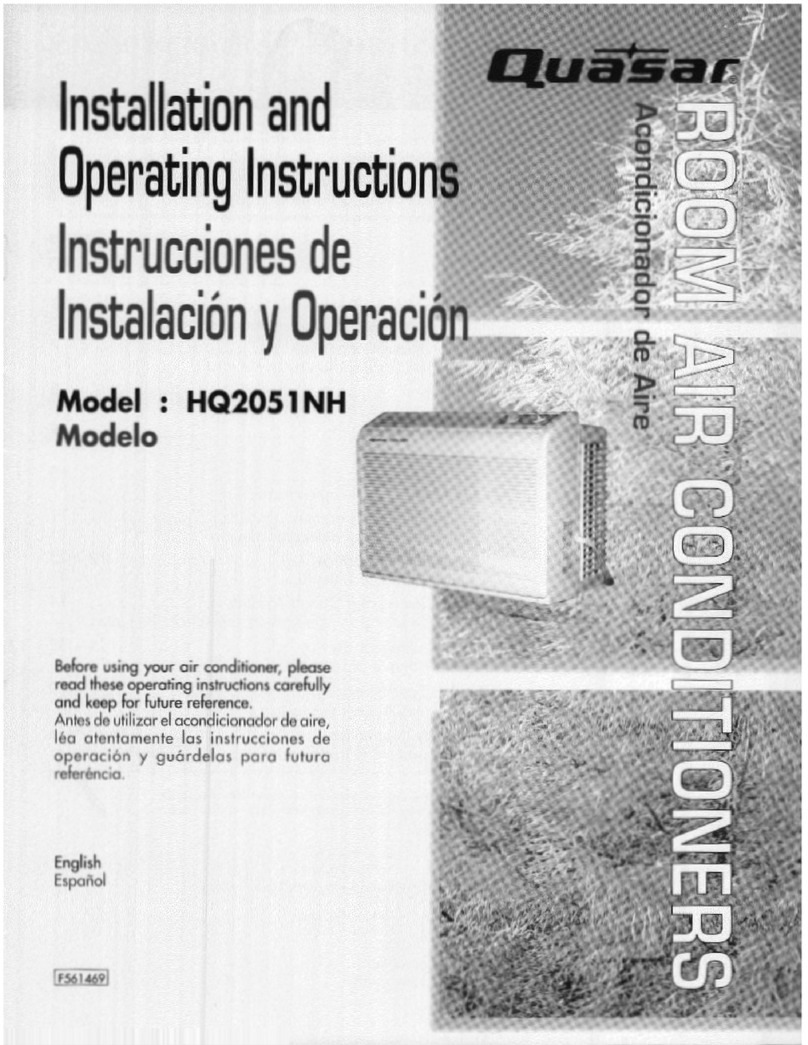
Quasar
Quasar HQ2051NH User manual

Quasar
Quasar HQ-2244UH User manual
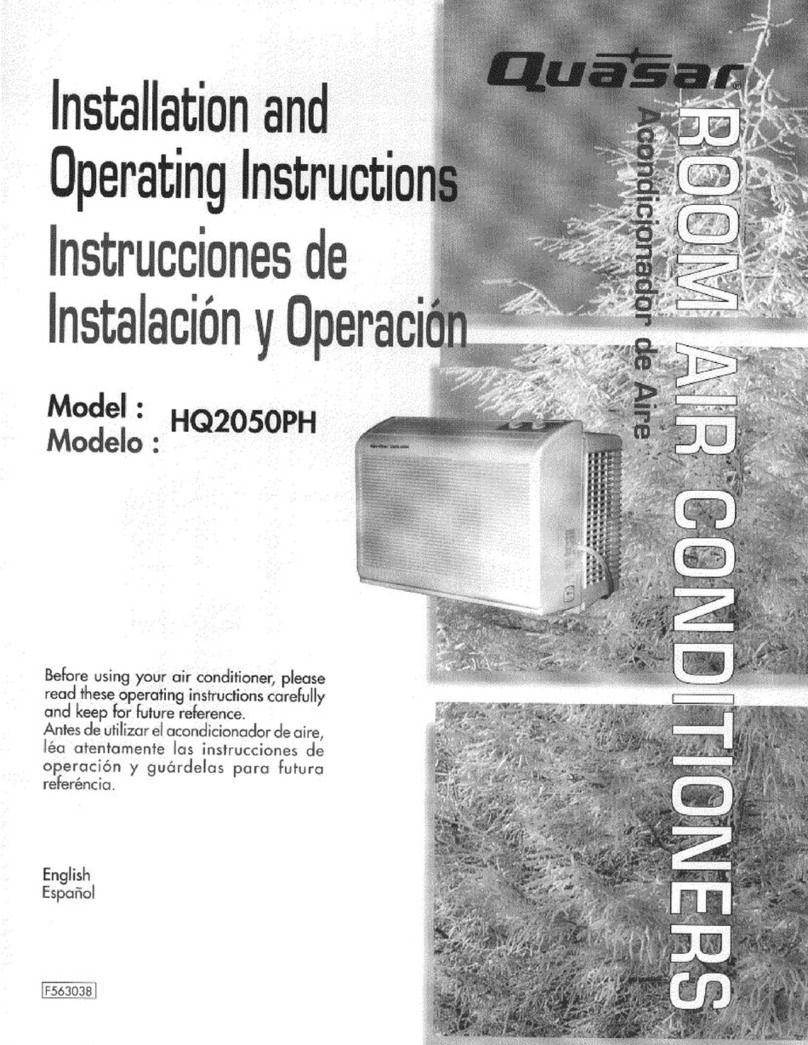
Quasar
Quasar HQ2050PH User manual
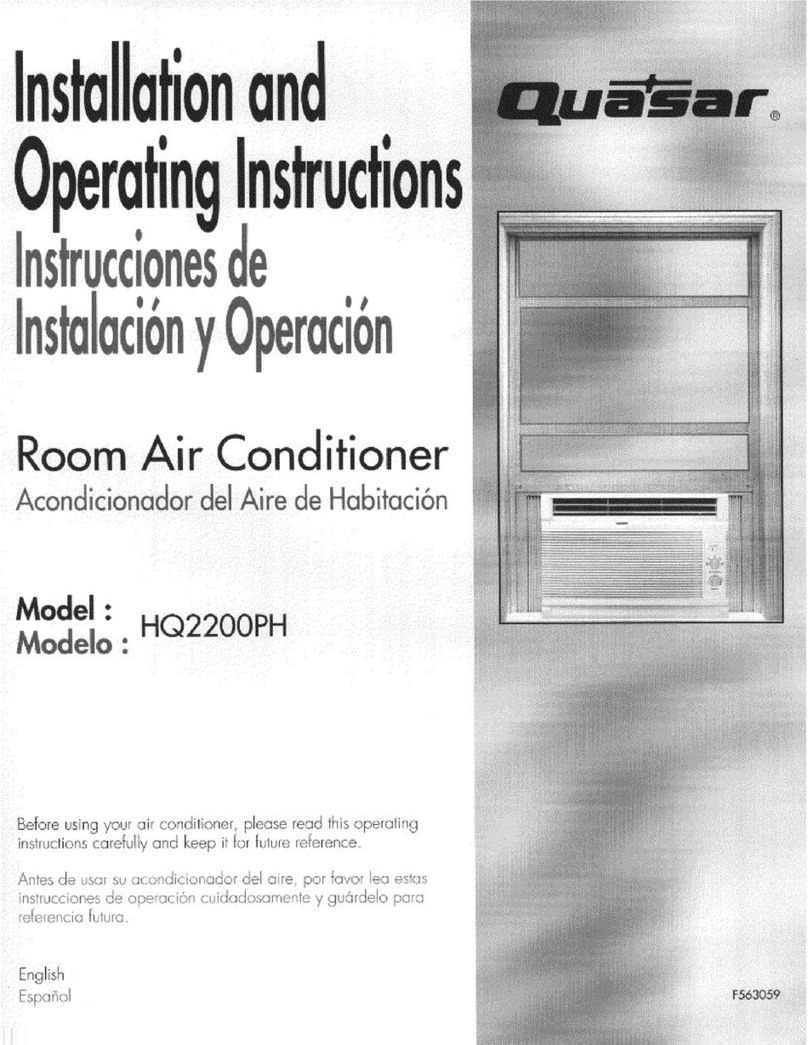
Quasar
Quasar HQ2200PH User manual

Quasar
Quasar HQ2181GH User manual
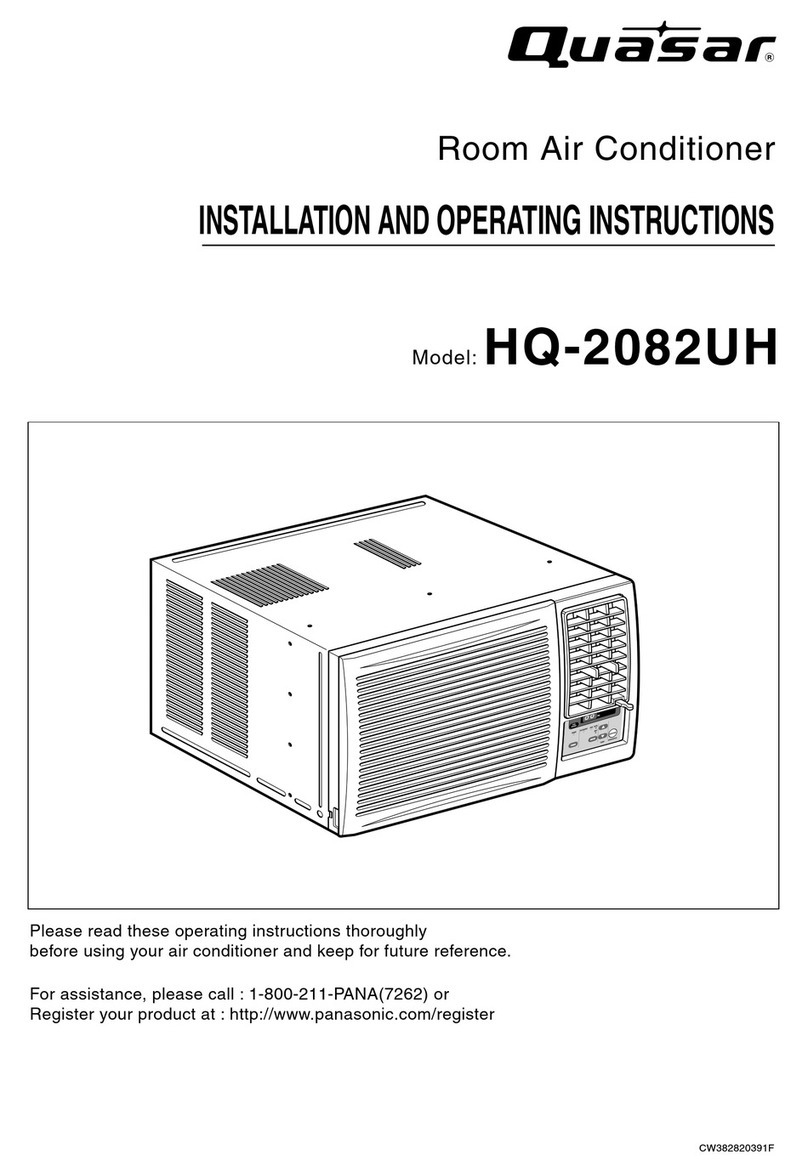
Quasar
Quasar HQ-2082UH User manual
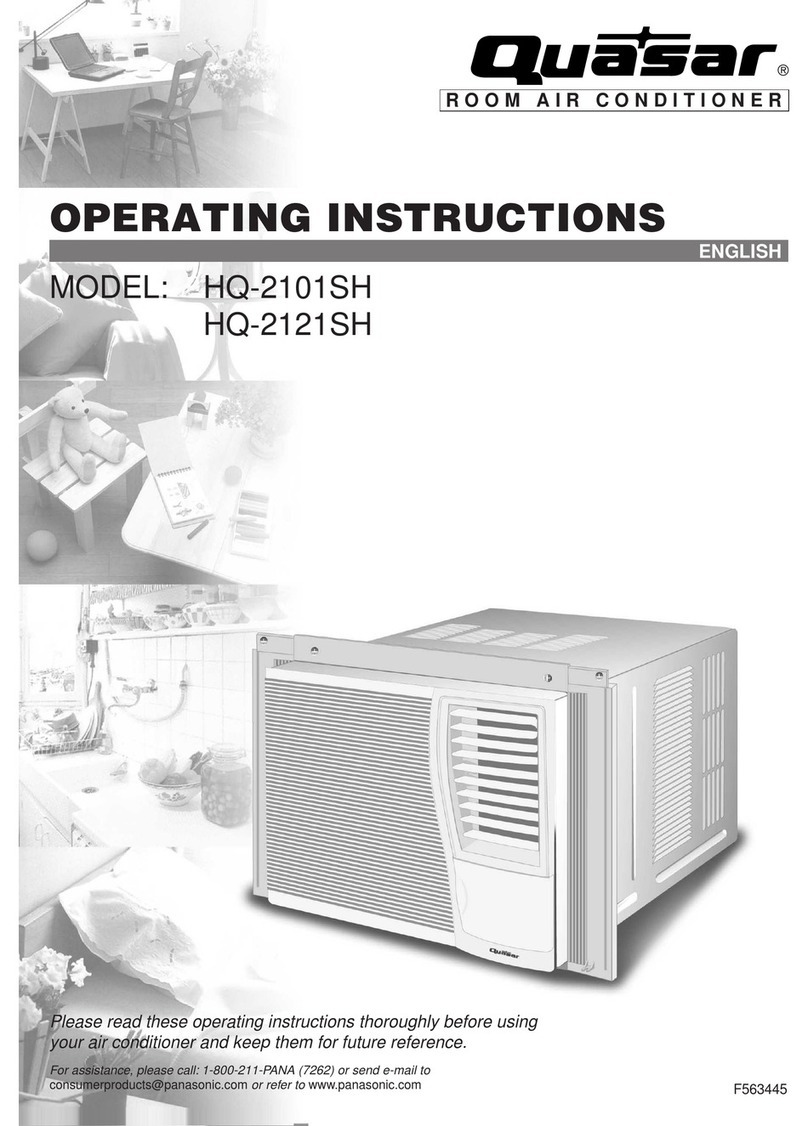
Quasar
Quasar HQ-2101SH User manual

Quasar
Quasar HQ-2201SH User manual

Quasar
Quasar HQ-2141RH User manual
Popular Air Conditioner manuals by other brands

Fujitsu
Fujitsu ASYG 09 LLCA installation manual

York
York HVHC 07-12DS Installation & owner's manual

Carrier
Carrier Fan Coil 42B Installation, operation and maintenance manual

intensity
intensity IDUFCI60KC-3 installation manual

Frigidaire
Frigidaire FAC064K7A2 Factory parts catalog

Sanyo
Sanyo KS2432 instruction manual

Mitsubishi Electric
Mitsubishi Electric PUHZ-RP50VHA4 Service manual

Panasonic
Panasonic CS-S18HKQ Service manual

Panasonic
Panasonic CS-E15NKE3 operating instructions

Gree
Gree GWH18TC-K3DNA1B/I Service manual

Friedrich
Friedrich ZoneAire Compact P08SA owner's manual

Daikin
Daikin R32 Split Series installation manual
